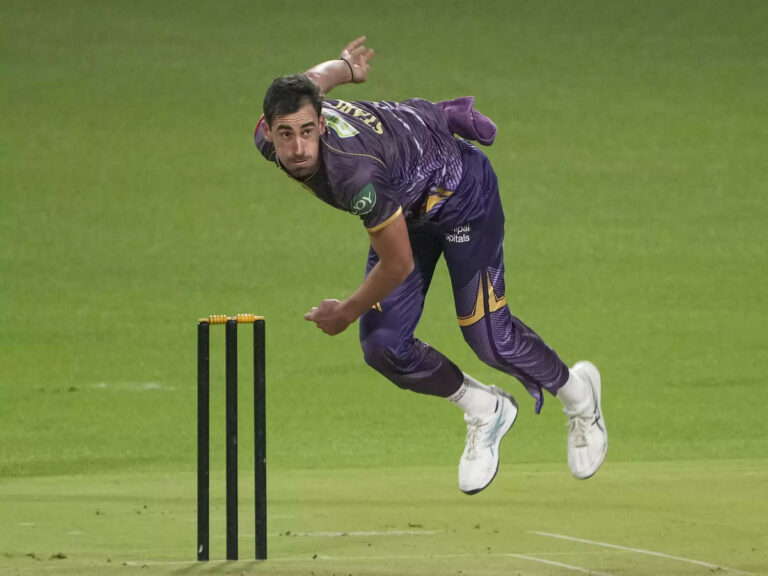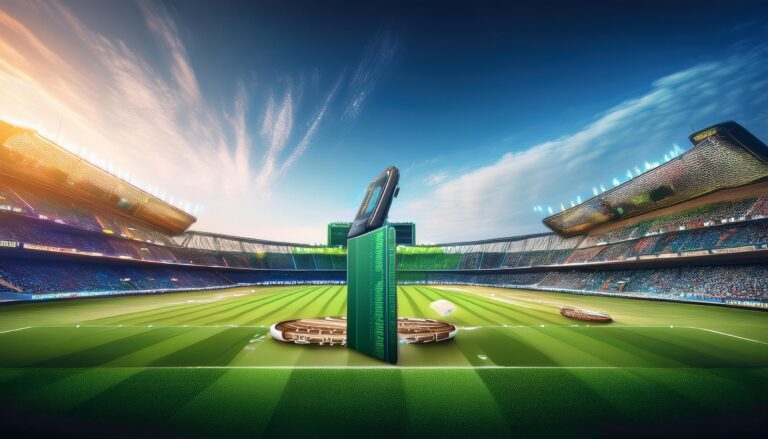Analyzing the Impact of Technology on Cricket Ball Manufacturing
Sky247, Sky247 Login: Cricket ball manufacturing techniques have undergone significant developments over the years. Initially, cricket balls were made by hand-stitching leather pieces together to form a sphere. This labor-intensive process resulted in variations in shape and weight, affecting the ball’s consistency on the pitch.
With advancements in technology, manufacturing processes for cricket balls have become more streamlined. Modern techniques involve the use of specialized machines to cut, shape, and stitch the leather, ensuring uniformity in size and weight. These advancements have not only improved the durability and performance of cricket balls but have also allowed for greater precision in meeting the regulatory standards set by governing bodies like the International Cricket Council (ICC).
Innovations in Materials Used for Cricket Ball Production
The materials used for crafting cricket balls have undergone significant advancements over the years. Traditionally, cricket balls were made from leather, cork, and twine, giving them their distinctive shape and bounce. However, with the introduction of synthetic materials such as polyurethane and synthetic rubber, manufacturers have been able to enhance the quality and durability of cricket balls.
These modern materials offer improved performance characteristics, making cricket balls more resilient to wear and tear during gameplay. By incorporating synthetic components into the manufacturing process, cricket ball producers can now tailor the balls to meet specific performance requirements, ensuring consistency in bounce and swing. As a result, players can enjoy a more reliable and standardized experience on the cricket field.
What are some traditional materials used in cricket ball production?
Traditional materials used in cricket ball production include leather, cork, and twine.
How have manufacturing techniques for cricket balls evolved over time?
Manufacturing techniques for cricket balls have evolved to include more precise measurements, advanced machinery, and quality control processes.
What are some new materials being used in cricket ball production?
Some new materials being used in cricket ball production include synthetic leather, vulcanized rubber, and high-density cork.
How do these new materials impact the performance of cricket balls?
These new materials can improve the durability, bounce, and seam movement of cricket balls, leading to a better playing experience for cricketers.
Are there any environmental benefits to using these new materials?
Yes, using synthetic materials in cricket ball production can help reduce the demand for animal products like leather, making the manufacturing process more sustainable.







